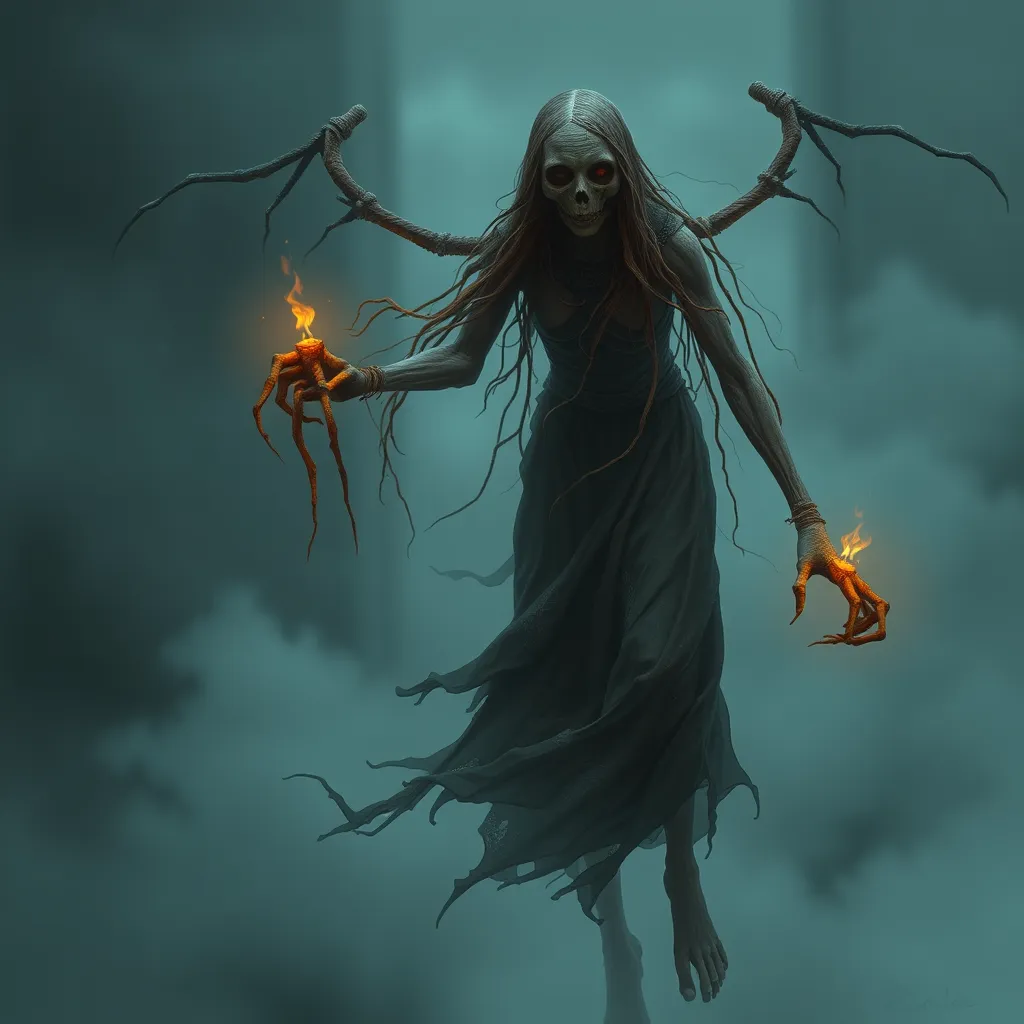The Sirens’ Song: Mythical Temptresses of the Mediterranean
I. Introduction
The Sirens, enchanting creatures from Greek mythology, have captivated imaginations for centuries. These mythical beings, often depicted as beautiful women with alluring voices, are known for luring sailors to their doom with their mesmerizing songs. The tales of the Sirens hold significant cultural weight in Mediterranean tradition, symbolizing the themes of temptation, danger, and the duality of beauty. This article aims to explore the origins, symbolism, literary representations, and lasting legacy of the Sirens within mythology and modern culture.
II. Origins of the Sirens in Ancient Mythology
The historical accounts of the Sirens date back to ancient Greek literature, where they are first mentioned in texts such as Homer’s “Odyssey.” Initially, they were described as bird-like creatures with human heads, reflecting a connection to other mythological beings that blended human and animal traits.
Over time, the portrayal of Sirens evolved, transitioning from winged beings to more human-like figures, often depicted as alluring women sitting on rocky shores. This transformation highlights the shifting nature of myth, where creatures adapt to represent the changing values and fears of society.
The Sirens are frequently linked to other mythological creatures, such as the Nereids and the Muses, further emphasizing their role in the tapestry of Greek mythology. Their connection to the sea and the dangers it poses solidifies their place among the legendary beings that embody both beauty and peril.
III. The Sirens’ Song: Symbolism and Interpretation
The enchanting allure of the Sirens’ song is one of their most compelling characteristics. Their music is often described as heavenly and irresistible, capable of captivating even the most steadfast sailors. However, this beauty carries a sinister undertone, symbolizing the dangers of temptation and the potential for destruction.
- Temptation: The Sirens’ songs represent the seductive nature of desires that can lead to ruin.
- Danger: Their music warns of the peril that lies in succumbing to such temptations.
Psychologically, the Sirens’ seduction can be interpreted as a metaphor for the struggles individuals face when confronted with alluring yet harmful choices. Their songs echo the internal battles between desire and rationality, making them timeless figures in the exploration of human emotion.
IV. The Sirens in Literature and Art
Throughout history, the Sirens have been depicted in various literary and artistic forms. In ancient texts like Homer’s “Odyssey” and Hesiod’s works, the Sirens are immortalized as symbols of temptation. Their narrative serves as a cautionary tale for heroes who must navigate the treacherous waters of desire.
Artistic representations have also flourished, from classical sculptures to Renaissance paintings, showcasing the Sirens in various contexts. Notable examples include:
- Renaissance art depicting the Sirens as beautiful figures, often surrounded by nature.
- Modern interpretations in films and literature that reinterpret their narratives.
The influence of the Sirens extends into contemporary literature and media, inspiring countless stories, songs, and visual art that explore the themes of beauty, danger, and the complexities of desire.
V. The Role of the Sirens in Heroic Narratives
One of the most famous encounters with the Sirens is that of Odysseus, who faced their seductive call during his epic journey home. Forewarned by the sorceress Circe, he devised a clever plan to resist their allure:
- He ordered his crew to plug their ears with beeswax.
- He had himself tied to the mast of the ship, ensuring he could not act on his desire to follow the Sirens.
This encounter serves as a rich case study of the Sirens as a test of character for heroes. Odysseus’s ability to resist temptation illustrates the importance of self-control and wisdom in the face of seductive dangers. The lessons learned through interactions with the Sirens resonate deeply, offering insights into the human experience.
VI. The Sirens and Feminine Archetypes
The Sirens can be analyzed as powerful feminine archetypes, representing both beauty and danger. They embody the duality of nurturing and destructive qualities associated with femininity. This complexity allows for a deeper understanding of gender roles within mythology.
- Nurturing: Their allure can be seen as a source of inspiration and creativity.
- Destructive: Conversely, their seduction leads to death and despair for those who succumb.
Comparisons with other feminine mythological figures, such as Medusa and Circe, reveal common themes of empowerment and peril, showcasing the multifaceted nature of female representations in mythology.
VII. The Legacy of the Sirens in Modern Culture
The legacy of the Sirens continues to thrive in modern culture. They are frequently referenced in popular media, including:
- Films that reinterpret their story, such as “O Brother, Where Art Thou?”
- Music that draws inspiration from their enchanting songs, with lyrics that explore themes of desire and temptation.
- Literature that reimagines their narratives, often placing them in contemporary contexts.
Cultural references to the Sirens illustrate an ongoing fascination with their symbolism. They serve as reminders of the timeless struggle between desire and restraint, continuing to resonate with audiences today.
VIII. Conclusion
In summary, the Sirens hold a significant place in mythology and culture, representing the complexities of temptation, desire, and feminine power. Their stories reflect enduring themes that are still relevant in contemporary society. The lessons imparted by the Sirens remind us of the consequences of succumbing to alluring dangers, urging us to navigate the treacherous waters of desire with caution and wisdom.
The Sirens’ legacy is a testament to the power of storytelling, demonstrating how ancient myths can inform our understanding of human nature and the choices we make.




